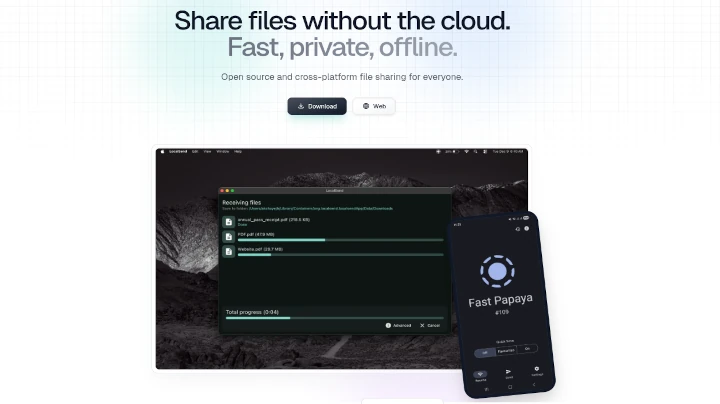After switching your site to HTTPS, you probably want to test if resources such as images, slides, embedded videos and others, are correctly pointed to HTTPS protocol or displaying warnings about the insecure content on the pages. After some research I found a useful tool for this purpose, called insecuRes.
InsecuRes is a small, free and open source command line based tool for finding insecure resources on HTTPS sites, written in Go programming language. It utilizes the power of “multi-threading” (goroutines) to crawl and parse site pages.
Read Also: How to Redirect HTTP to HTTPS on Apache
It crawls all your website pages in parallel, scans and catches: IMG, IFRAME, OBJECT, AUDIO, VIDEO, SOURCE and TRACK resources with full HTTP (insecure) urls. To prevent blacklisting by web server, it employs a random delay between requests. Additionally, you can redirect its output to a CSV file for later analysis.
Requirements
Install InsecuRes in Linux Systems
Once Go Programming Language installed on the system, run the command below on the terminal to get insecres.
$ go get github.com/kkomelin/insecres
Once you have downloaded and installed insecres, run the command below to scan your site for insecure resources. If it shows no output, that probably means there are no insecure resources on your site.
$ $GOPATH/bin/insecres https://example.com
To save the output in a CSV file for later examination, use the -f flag.
$ $GOPATH/bin/insecres -f="/path/to/scan_report.csv" https://example.com
Display usage guide.
$ $GOPATH/bin/insecres -h
Some of the features to be added include displayiny result counters and comparing performance of simple regex parsing and tokenized parsing.
InsecRes Github repository: https://github.com/kkomelin/insecres
In this article, we showed you how to find insecure resources on HTTPS sites, using a simple command line tool called insecres. You can ask questions or share your thoughts via the comment section below. If you know of any similar tools out there, do share information about them as well.







Thanks Aaron for the article. I’m glad you found insecRes useful.
@Konstantin
Yes, it is a useful tool. I hope you add more features(if users will demand) to even make it better. Thanks.
One slight concern: If this utilizes Go, then does that mean it depends on Google to decide whether or not a site is secure? The Go language has its own flaws, including being caught preventing firewall alerts.
Hmm… insecRes doesn’t decide whether a site is secure or not. Its purpose is to find insecure resources. Its code is open-sourced, so feel free to investigate it if you have any doubts.